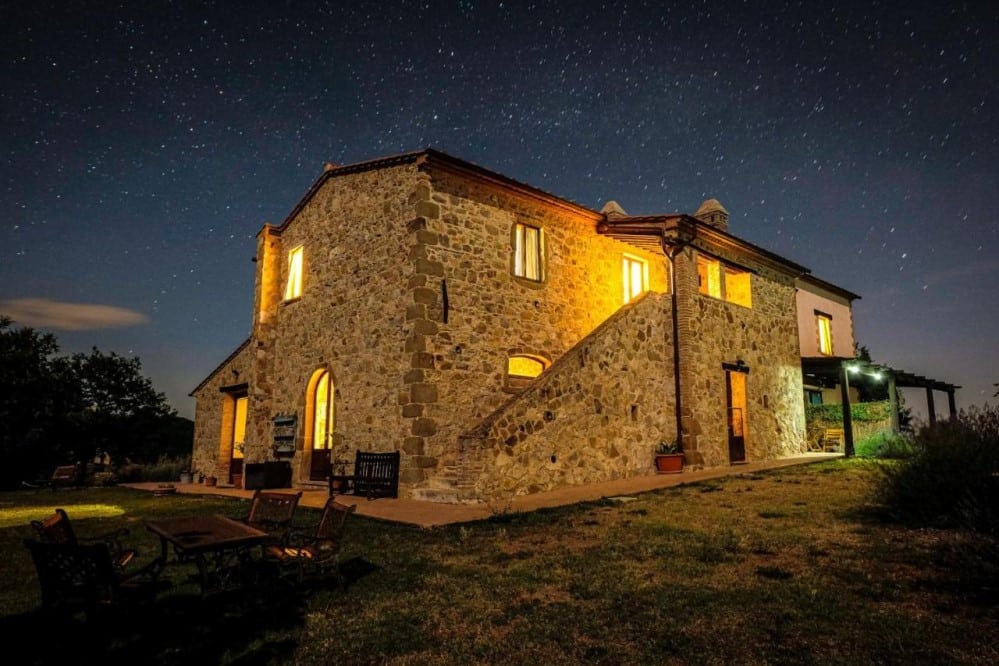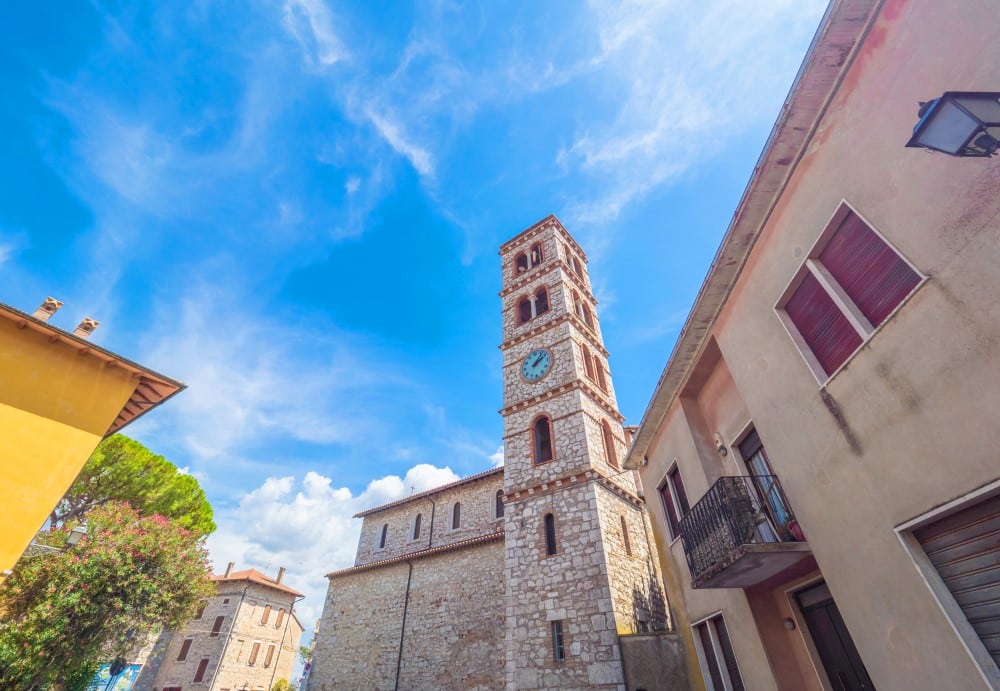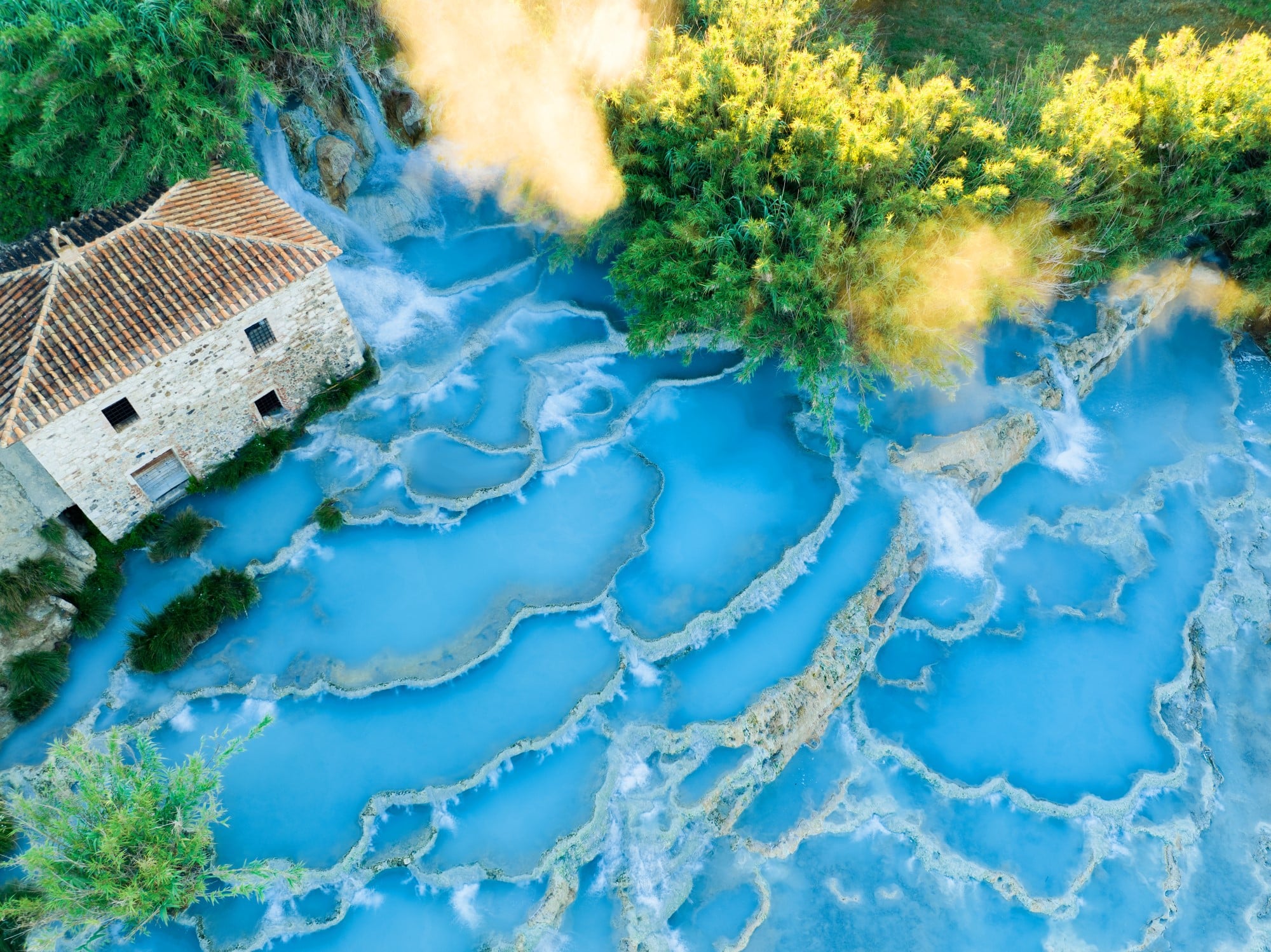
Saturnia Hot Springs (SV) is located in the Maremma area of Tuscany, a region in central Italy. Specifically, it is situated in the municipality of Manciano, in the province of Grosseto. This area is known for its picturesque landscapes, encompassing rolling hills, vineyards, olive groves, and the Tyrrhenian coastline.
Today, Saturnia Hot Springs is a symbol of timeless beauty and wellness. The thermal waters, rich in minerals and naturally heated, continue to draw visitors from around the world. Modern amenities and spa treatments offer a contemporary twist to the ancient practice of water therapy. The springs remain a place where history and modernity converge, offering a serene escape that honors its mythical and historical past.
Its origins begin in the realm of mythology. According to legend, the springs were created by none other than Saturn, the Roman god of agriculture and time. Angered by the constant wars of humans, Saturn hurled a thunderbolt to Earth, creating a magical spring that would pacify mankind with its soothing waters. This myth not only imbues the springs with a sense of divine origin but also highlights the ancient belief in the healing powers of its natural waters.
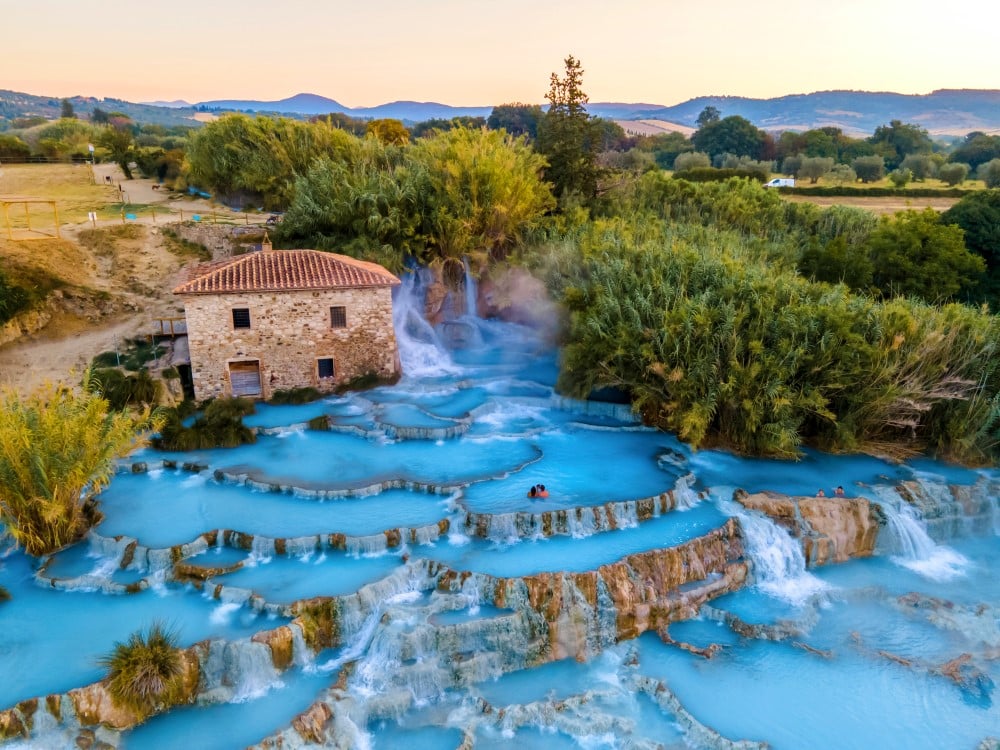
Archaeological findings, including ancient baths and artifacts, suggest that these civilizations utilized the springs for both health and ritualistic purposes. The Romans, known for their sophisticated bath culture, constructed elaborate thermal baths at Saturnia, some remnants of which still stand today as a testament to their engineering prowess and appreciation of the springs’ healing properties.
In the late 19th and early 20th centuries, as Europe began embracing spa culture, Saturnia emerged as a prominent destination for those seeking wellness and tranquility. The establishment of modern spa facilities and resorts around the springs catered to a growing clientele, blending ancient healing traditions with contemporary luxury.

Cascate del Mulino
One of the most iconic features of Saturnia is the Cascate del Mulino, a series of cascading thermal waterfalls. Over thousands of years, the flowing thermal waters, rich in sulfur and other minerals, have carved out natural pools and terraces in the travertine rock. The sight of steaming water tumbling over these calcareous formations, especially in cooler weather, creates a surreal and enchanting atmosphere. The warm, mineral-rich waters maintain a constant temperature of about 37.5°C (99.5°F), providing a natural thermal bath experience that is both relaxing and invigorating.
The thermal pools are fed by a hot spring, which originates from a volcanic crater. Saturnia sits on a geological fault line, where the movement of tectonic plates allows water to penetrate deep into the Earth. The water resurfaces laden with beneficial minerals like sulfur, calcium, and bicarbonate. These minerals are known for its healing properties, offering relief from various skin conditions, muscular pain, and stress.

The Gorello Waterfall
Adjacent to the Cascate del Mulino lies the lesser known but equally mesmerizing Gorello waterfall. This natural wonder, though smaller in scale, offers a more secluded and tranquil setting. The thermal waters here cascade over a series of smaller pools and rock formations, ideal for relaxation and meditation.
The geothermal activity in Saturnia not only creates a visually stunning landscape but also supports a unique ecosystem. The warm waters create a favorable environment for various species of plants and microorganisms, some of which are unique to these thermal areas. This rich biodiversity adds another layer of wonder to Saturnia Hot Springs.
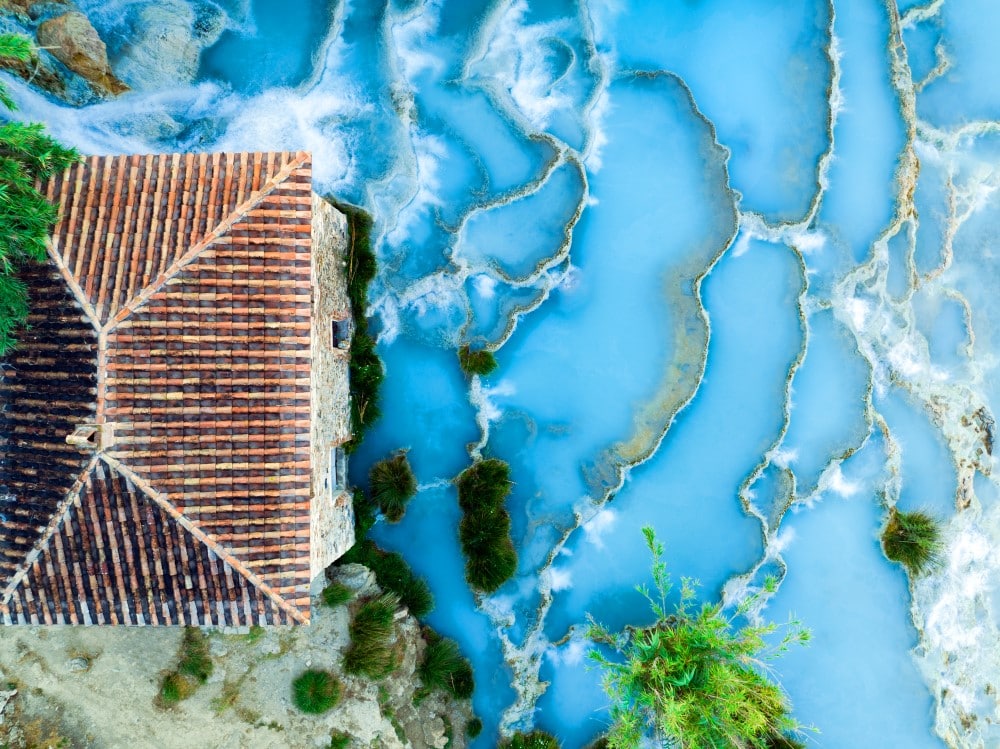
The Region and Surrounding Areas
Located in the Maremma region of Tuscany, Italy, the area surrounding Saturnia is steeped in rich local culture and cuisine, reflecting centuries of tradition and the bounty of the land. The Maremma area, once a hidden corner of Tuscany, has emerged as a destination that beautifully blends its rustic charm with culinary excellence and cultural richness.
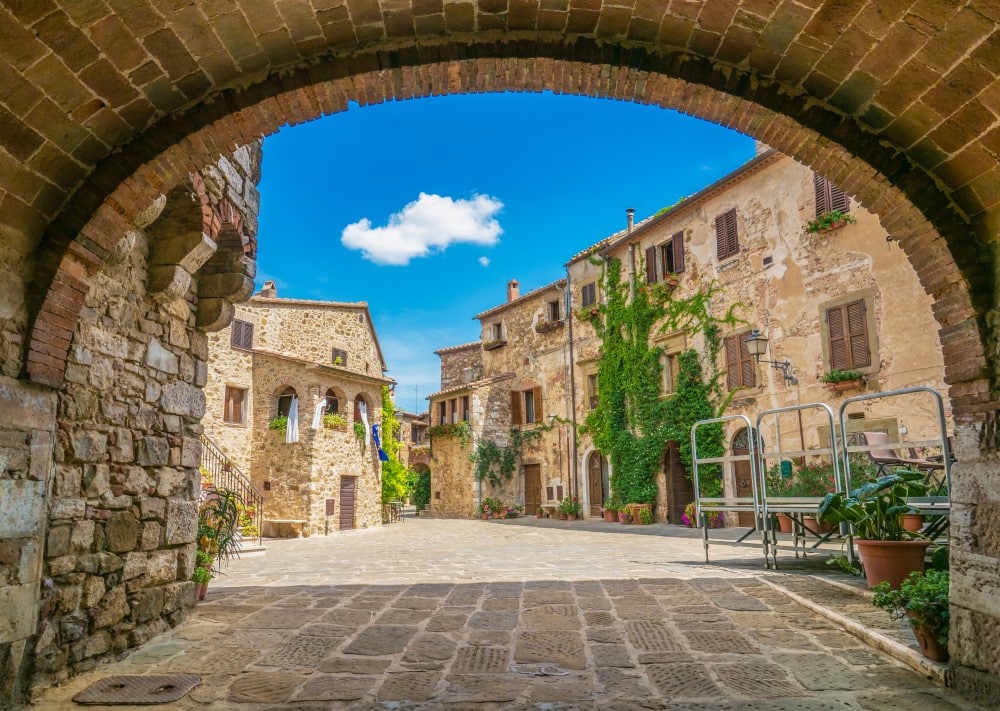
The region has a deeply rooted agricultural tradition, with a history that includes the Etruscans and Romans. This rural heritage is known for its artisanal craftsmanship, including pottery, ironwork, and leather goods. Artisanal markets and local workshops showcase the skill and creativity of the local artisans. Given its rural setting, the area is renowned for dishes featuring wild game, such as wild boar (cinghiale), as well as traditional meat dishes like bisteca alla fiorentina (T-bone steak).
Notable Saturnia restaurants include I Due Cippi, who’s chefs Lorenzo and Alessandro combine traditional dishes with modern and sophisticated reinterpretations, and Ristorante Bacco & Cerere, which has some of the best pasta and meat selections in the area. Also see Modi di Moda di Ilaria Colli for its fine panini and prosciutto

While the area is more inland, there is still a notable influence of seafood in the cuisine, owing to the proximity of the Tyrrhenian Sea. Pecorino cheese, made from sheep’s milk, is a local specialty. Cheese-making is an art in the region, with a variety of aged and fresh cheeses available.

In the town of Saturnia you can visit the Church of Santa Maria Maddalena with its tall steeple and clock
LOCATION
Nearby Cities: Saturnia is about 150 kilometers northwest of Rome and about 200 kilometers southeast of Florence. This makes it accessible for day trips or longer stays from these major cities.
Access: The springs can be reached by car from various parts of Tuscany and Lazio. The nearest significant town is Manciano, and the region is also close to other notable Tuscan towns like Pitigliano, Sorano, and Scansano.
HOTELS & VACATION RENTALS
